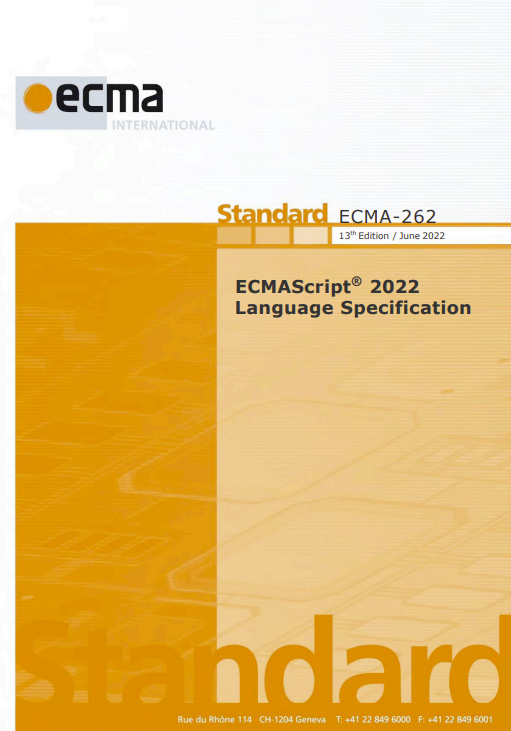AngularJS is a discontinued free and open-source JavaScript-based web framework for developing single-page applications. It was maintained mainly by Google and a community of individuals and corporations. It aimed to simplify both the development and the testing of such applications by providing a framework for client-side model–view–controller (MVC) and model–view–viewmodel (MVVM) architectures, along with components commonly used in web applications and progressive web applications.
AngularJS was used as the frontend of the MEAN stack, that consisted of MongoDB database, Express.js web application server framework, AngularJS itself (or Angular), and Node.js server runtime environment.
As of January 1, 2022, Google no longer updates AngularJS to fix security, browser compatibility, or jQuery issues. The Angular team recommends upgrading to Angular (v2+) as the best path forward, but they also provided some other options.
The AngularJS framework worked by first reading the HyperText Markup Language (HTML) page, which had additional custom HTML attributes embedded into it. Angular interpreted those attributes as directives to bind input or output parts of the page to a model that is represented by standard JavaScript variables. The values of those JavaScript variables could be manually set within the code or retrieved from static or dynamic JSON resources.
AngularJS was built on the belief that declarative programming should be used to create user interfaces and connect software components, while imperative programming was better suited to defining an application’s business logic. The framework adapted and extended traditional HTML to present dynamic content through two-way data-binding that allowed for the automatic synchronization of models and views. As a result, AngularJS de-emphasized explicit Document Object Model (DOM) manipulation with the goal of improving testability and performance.
AngularJS’s design goals included:
- to decouple DOM manipulation from application logic. The difficulty of this is dramatically affected by the way the code is structured.
- to decouple the client side of an application from the server-side. This allows development work to progress in parallel and allows for reuse of both sides.
- to provide structure for the journey of building an application: from designing the UI, through writing the business logic, to testing.
AngularJS implemented the MVC pattern to separate presentation, data, and logic components. Using dependency injection, Angular brought traditionally server-side services, such as view-dependent controllers, to client-side web applications. Consequently, much of the burden on the server could be reduced.











